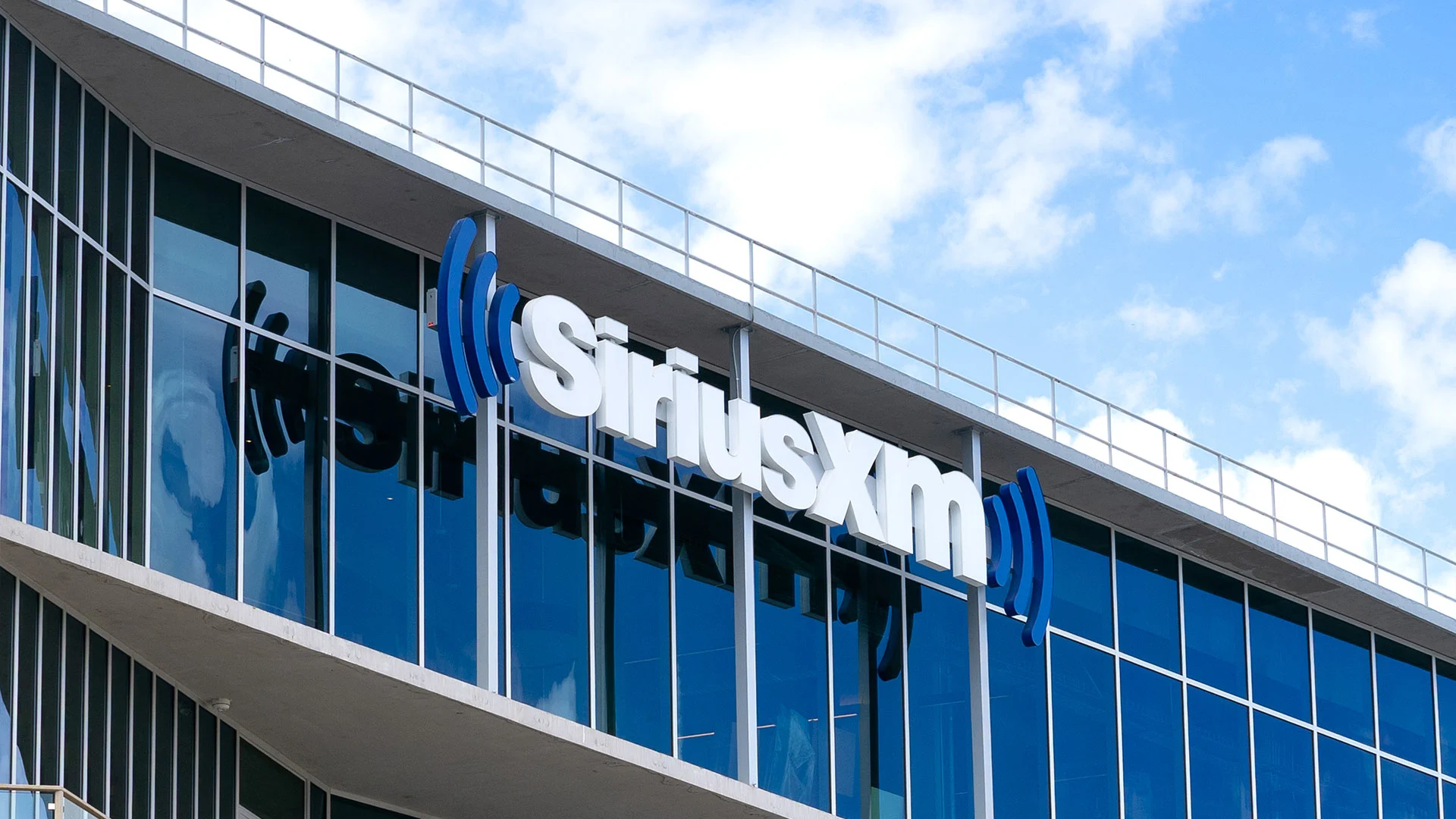You might have woken up this morning to see Sirius XM Holdings (NASDAQ: SIRI) down a whopping 7% on early trading. And now, at time of publishing, it’s back up over 4% in midday trading. What’s going on?
The stock volatility is the result of two things: a merger between Sirius and Liberty Sirius XM Group (Liberty Media’s Sirius XM tracking stock), and the resulting much-anticipated reverse stock split.
A reverse stock split combines a company’s shares into a smaller number, so they are each worth more. Sirius XM’s 1-for-10 reverse split means that shareholders of the stock received one share for every 10 shares they owned.
While a reverse stock split often signals fewer shares and a short-term problem, it does signal good news for the future. But the reason for the volatility could be that while the company’s guidance remains in line with projections, Sirius also forecasted it will generate $200 million less cash in 2024 than it previously promised.
Meanwhile, the merger means Sirius XM now has a “simplified capital structure and strategy for continued success” following a period of mixed financial results and a low stock price. And now, SiriusXM is now Sirius XM Holdings, trading on the Nasdaq under the “SIRI” stock symbol.
This “new phase” includes a buyback of nearly $1.2 billion in stock and a promise to continue its dividend plan of about 4.3% a year. Both could help Sirius stock rebound over the short and long term.
If this all sounds familiar, you may remember the jarring amount of stock splits this year at several high-profile companies. With record-breaking profits, markets saw stock splits at Nvidia (NASDAQ: NVDA) and other AI chip makers. Most recently, Nvidia split 10-for-1 back in June. Before that, Nvidia split five times, with 2-for-1 splits in June 2000, September 2001, and April 2006. It also had a 3-for-2 split in September 2007, and a 4-for-1 split in July 2021.
The application deadline for Fast Company’s World Changing Ideas Awards is Friday, December 6, at 11:59 p.m. PT. Apply today.
